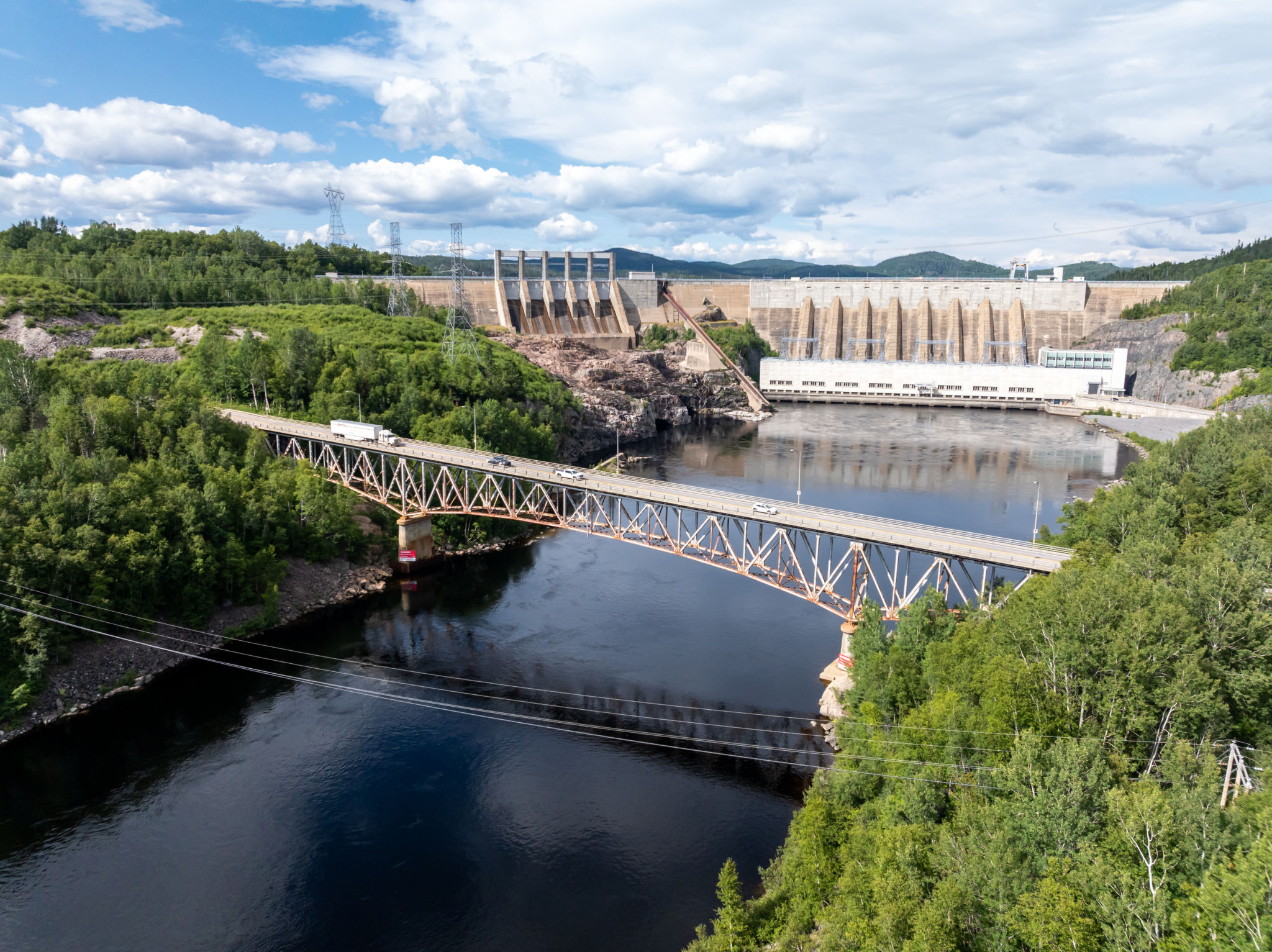Understanding the Role of Floating Covers in Infrastructure Projects
Introduction to Floating Covers
In the realm of infrastructure projects, floating covers play a crucial role in managing and protecting valuable resources. These innovative solutions are designed to cover liquid surfaces, providing a range of benefits that enhance both operational efficiency and environmental sustainability. Understanding their role in infrastructure projects is essential for engineers, project managers, and environmentalists alike.
What Are Floating Covers?
Floating covers are specialized materials or systems installed on the surface of liquids in tanks, reservoirs, or open bodies of water. They serve multiple purposes, such as preventing evaporation, controlling odors, and protecting the liquid from contamination. These covers can be made from various materials, including geomembranes and flexible fabrics, tailored to meet specific project requirements.

The Importance of Floating Covers in Infrastructure Projects
Floating covers are vital in infrastructure projects for several reasons. Firstly, they significantly reduce the evaporation of water or other stored liquids, helping conserve resources and reduce costs. This is especially important in areas where water scarcity is a concern. Moreover, floating covers help maintain the quality of the stored liquid by limiting exposure to pollutants and contaminants.
Additionally, these covers play a key role in odor control. In facilities like wastewater treatment plants or agricultural lagoons, floating covers effectively contain unpleasant odors, improving air quality for nearby communities. This makes them an essential component in projects where environmental impact and community relations are priorities.
Types of Floating Covers
There are several types of floating covers, each designed to suit different applications and environmental conditions:
- Geomembrane Covers: Made from durable materials like polyethylene or polypropylene, these covers are ideal for large-scale applications where durability and flexibility are required.
- Modular Covers: Composed of interlocking panels, modular covers offer easy installation and maintenance. They are suitable for smaller tanks or reservoirs.
- Floating Ball Covers: Used primarily for odor control, these covers consist of numerous floating balls that create a barrier on the liquid surface.

Applications of Floating Covers
Floating covers find applications in various industries and infrastructure projects. In agriculture, they are used to cover irrigation ponds and manure lagoons, reducing water loss and controlling odors. In the energy sector, these covers are deployed in oil and gas facilities to minimize evaporation losses from open storage tanks. Similarly, municipal water treatment plants use floating covers to protect potable water reservoirs from contamination.
Environmental Benefits
The use of floating covers provides significant environmental benefits. By reducing evaporation, they help conserve water—a precious resource in many parts of the world. They also minimize the release of volatile organic compounds (VOCs) into the atmosphere, contributing to improved air quality and reduced greenhouse gas emissions.

Conclusion
Floating covers are indispensable components in modern infrastructure projects, offering solutions that enhance resource management and environmental protection. By understanding their roles and benefits, project stakeholders can make informed decisions that align with sustainability goals and operational efficiency. As infrastructure demands continue to grow, the adoption of floating cover technology will likely become even more widespread.
